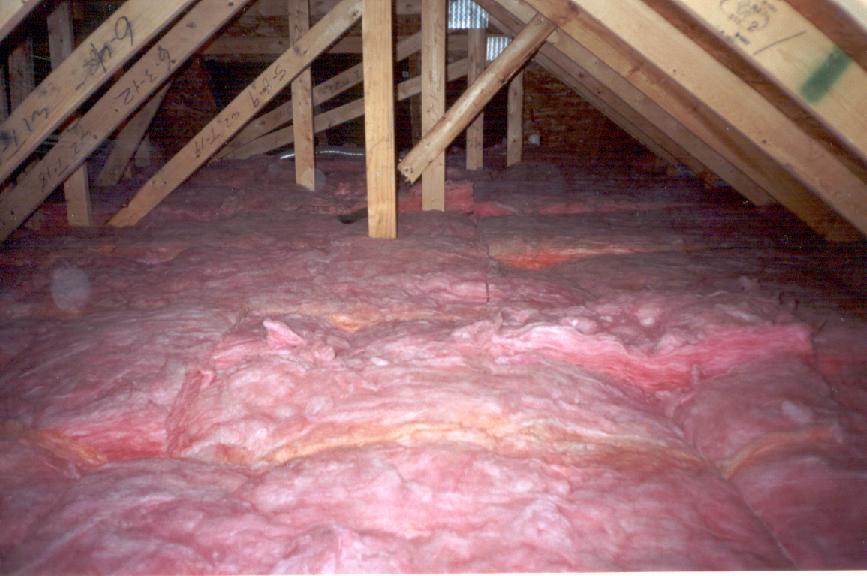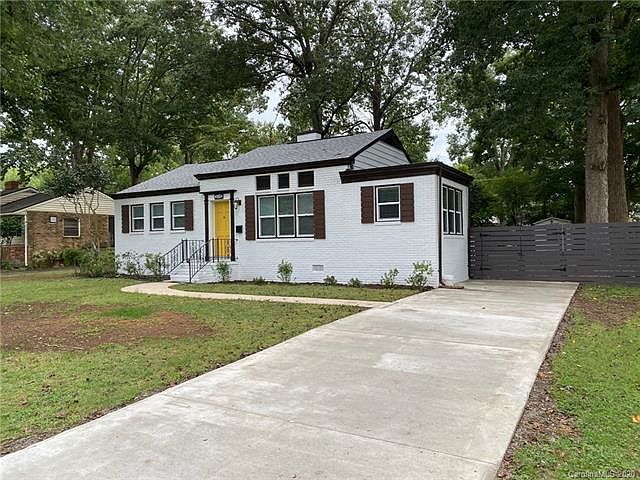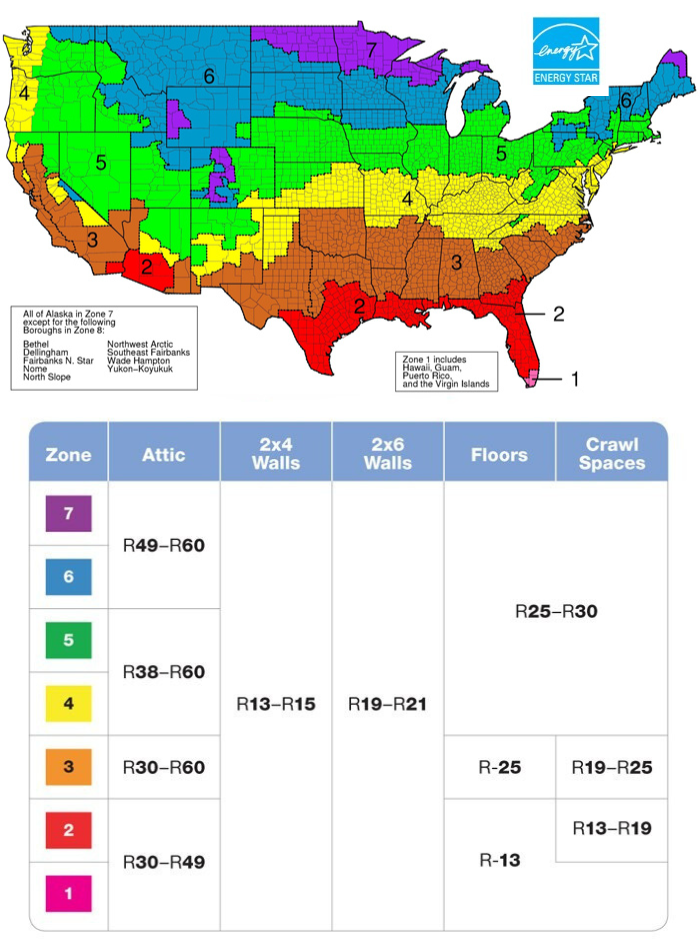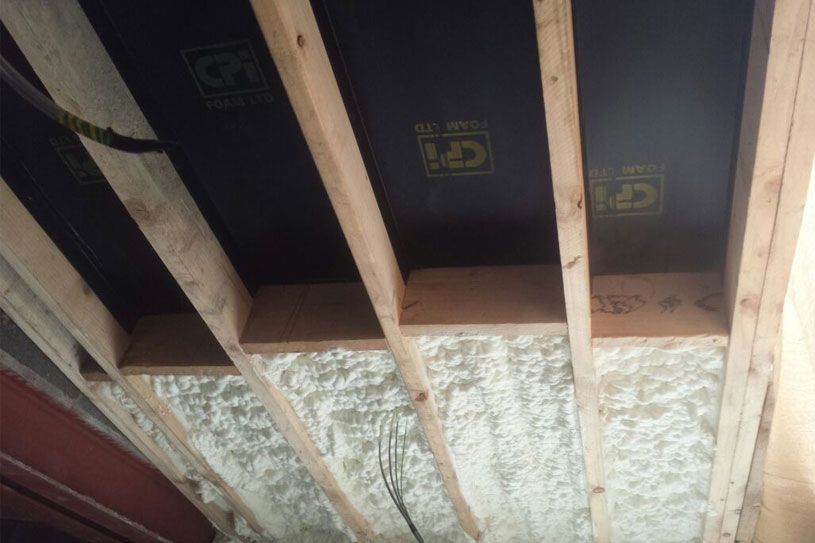Insulation Value For Nc Attic Insulation

R 38 for the ceiling attic.
Insulation value for nc attic insulation. Insulation level are specified by r value. Warmer climates only require an r 38 or higher or about 12 or more. Injection foam insulation s higher r value. Type and material of your insulation.
Houses in a cold climate should have a minimum of r 49 in the attic which is equivalent to approximately 16 of fiberglass insulation. These r values are a sum meaning this should be the total r value once you add up the entire depth of insulation. Depending on where you live and the part of your home you re insulating walls crawlspace attic etc you ll need a different r value. According to home advisor insulating your attic can cost between 1700 to 2100.
Wake county is 4a zone so walls floors ceilings and slab insulation values are unchanged from the 2012 code. With an r value of 4 0 to 5 1 per inch depending on the manufacturer pre expanded injection foam provides a higher r value than fiberglass or cellulose and it seals the building from air leakage at the same time. The r value depends on the type of insulation its thickness and its density. The prescriptive r values for a new house in the new 2018 nc building code are as follows.
R value is a measure of insulation s ability to resist heat traveling through it. Having the correct amount of attic insulation can help you maintain a comfortable temperature throughout your home and help save money on your energy bills plus prevent major issues like ice dams in the winter. Square footage of your attic. Injection foam insulation stops air leakage.
Does your home have enough r value. The higher the r value the better the thermal performance of the insulation. The main factors that impact the cost are. Contractor or insulation installer s fee.
If you think you re among the 90 of us homes that are under insulated 1 performing a simple insulation inspection will help you determine your insulation needs. Attic insulation in raleigh nc an insulating material s resistance to conductive heat flow is measured or rated in terms of its thermal resistance or r value the higher the r value the greater the insulating effectiveness. Walls need to be insulated to a minimum of r 20 if the insulation is between the studs or r 15 r 5 if the insulation is a combination of insulation between the studs and a continuous layer of exterior insulation in zones 3 or 4. Floors over unheated spaces need to be insulated to a minimum of r 19 in zones 3 and 4.
For example if you have a type of insulation that has an r value of r 5 per inch of thickness you will need a depth of 6 inches of this insulation installed in your attic to reach r 30 if you live in zones 2 or 3. Typical recommendations for exterior walls are r 13 to r 23 while r 30 r 38 and r 49 are common for ceilings and attic spaces.














































